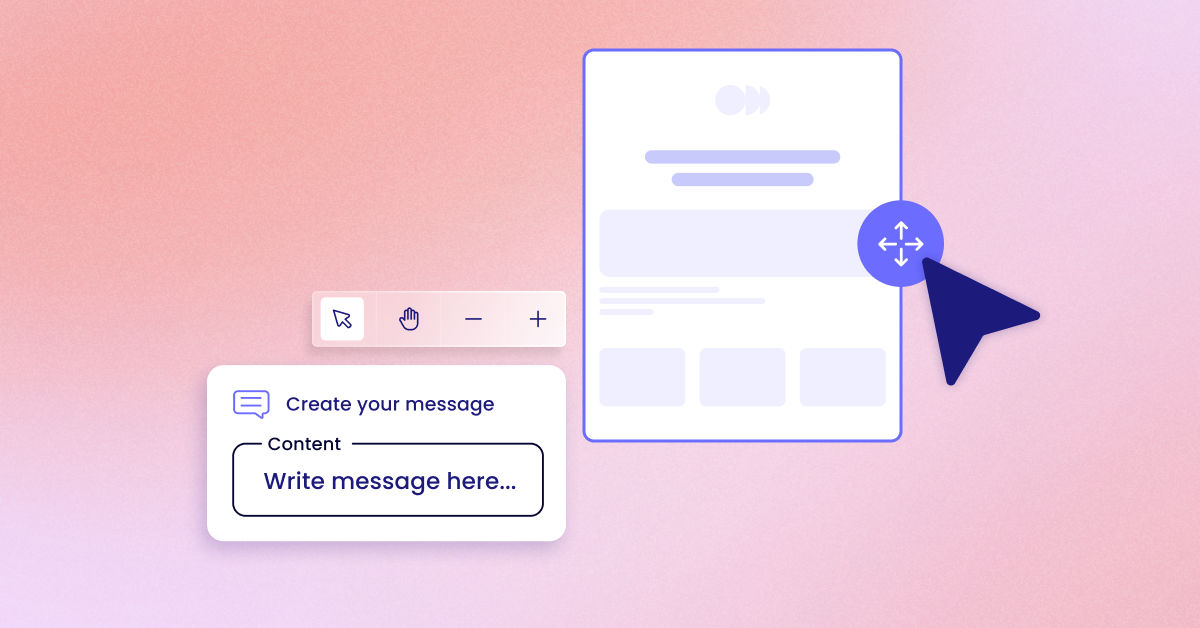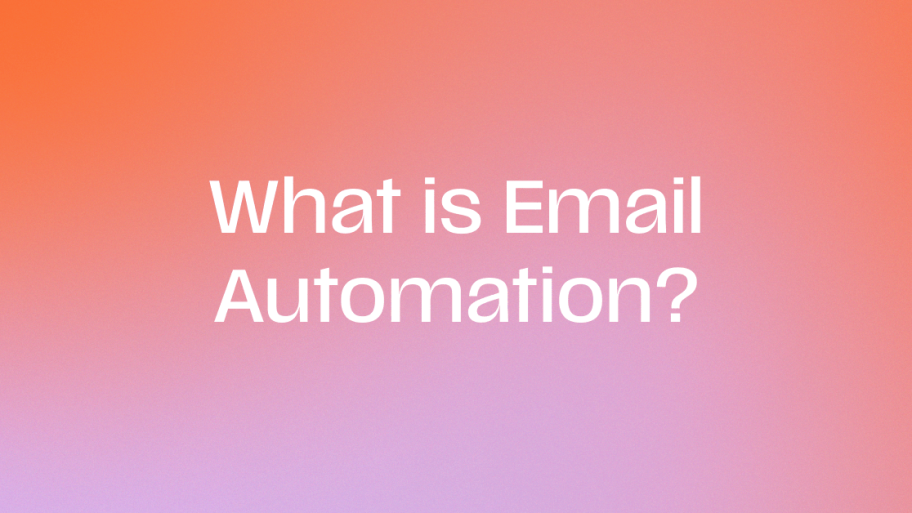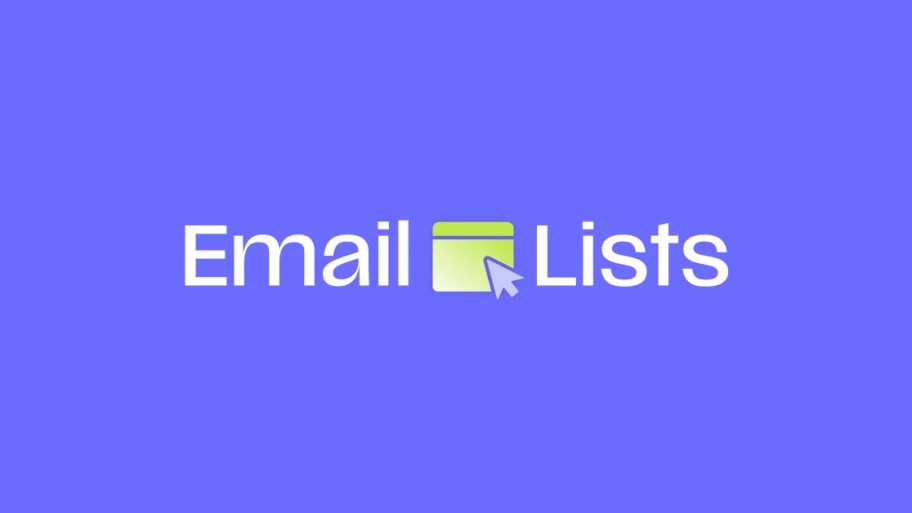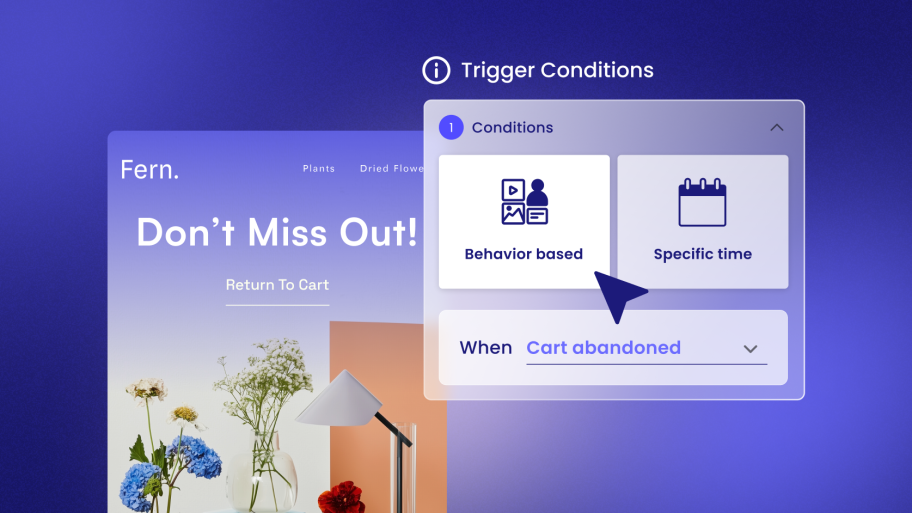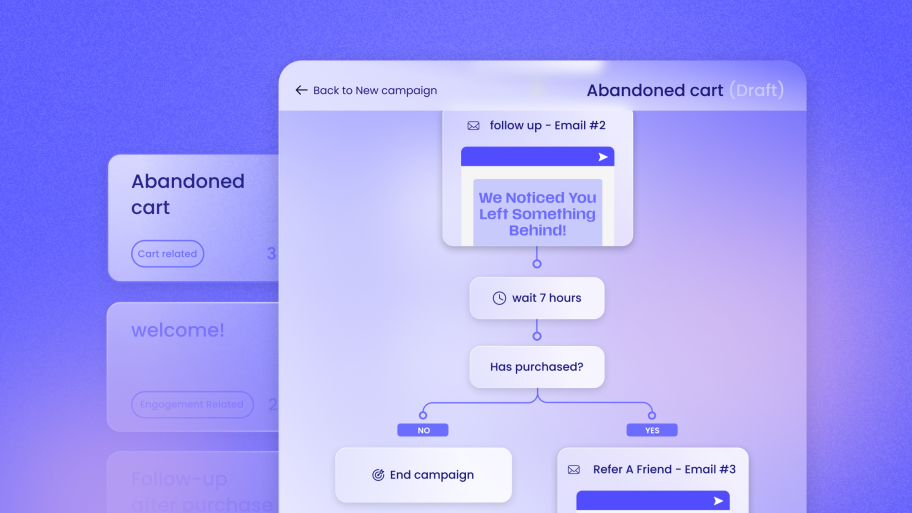However, the wrong choice can quickly become a liability. You could find your team bogged down managing clunky integrations, juggling a patchwork of subscriptions, and struggling to prove your value with murky analytics. In a competitive market where efficiency and results are paramount, you can’t afford that kind of drag on your business.
This guide is designed to cut through the noise and provide clarity for agency owners and web creators. We’ll take a deep dive into the essential criteria that truly matter when evaluating an email marketing platform for agency use. Then, we’ll explore seven of the best options available in 2025, giving you the insights needed to make a strategic choice that strengthens your agency, delights your clients, and positions you for long-term growth.
What to Look for in an Email Marketing Platform for Your Agency
For agencies, the checklist for a great email marketing tool goes far beyond a simple feature-for-feature comparison. You need a platform that is fundamentally aligned with the agency model. It must solve your unique operational challenges while simultaneously providing the power required to drive tangible growth for your diverse client base.
Let’s break down the essential, non-negotiable criteria.
Seamless Integration
This is the most critical factor for any agency, especially those building on WordPress. How well does the platform fit into your existing workflow and your clients’ tech stacks? A platform that requires constant API troubleshooting, manual data syncing, or complex workarounds is a hidden tax on your time and profitability.
You need a tool that feels like a natural extension of the environment you already work in. Deep, native integration with WordPress and WooCommerce isn’t just a “nice-to-have”; it’s a foundational requirement for eliminating friction and ensuring that a client’s website remains fast and stable.
Ease of Use
In the agency world, time is money. Every hour your team spends trying to decipher a confusing interface or navigate a steep learning curve is an hour not spent on billable, value-creating work. An ideal platform is intuitive for your team from day one. More importantly, it should be simple enough that you can confidently hand over certain tasks to a client without an extensive training process.
A platform that simplifies complex tasks, like building automated workflows, allows you to deliver sophisticated marketing solutions without a heavy management burden, making your services more scalable and profitable.
Client Management Focus
Is the platform built with the agency-client relationship in mind? Many platforms are designed for a single business, making it awkward to manage multiple accounts. Look for a solution that offers a centralized dashboard or an architecture specifically designed for agency use.
This allows you to efficiently switch between client projects, manage billing, and maintain a clear overview of all your campaigns without logging in and out of dozens of separate accounts. This isn’t just a convenience; it’s essential for operational sanity and security.
Comprehensive Toolkit
Modern digital marketing is a multi-channel endeavor. While email remains a powerhouse, its effectiveness is magnified when combined with other channels. A platform that bundles email, SMS, and marketing automation into one cohesive toolkit is vastly superior to a collection of single-purpose tools.
This unified approach not only reduces subscription costs and simplifies your tech stack but also allows you to create richer, more effective customer journeys. Imagine triggering an SMS message based on an email open or segmenting an audience based on their engagement across both channels—all from one place. That’s the power a consolidated toolkit provides.
Demonstrable ROI
Clients want to see results. Vague promises and vanity metrics don’t cut it anymore. The best platforms provide clear, real-time analytics that directly connect your marketing activities to your client’s key performance indicators, especially revenue.
When you can show a client a dashboard that says, “This abandoned cart email sequence we built for you generated $5,000 in recovered sales last month,” you’re not just proving your value; you’re making your services indispensable. Look for platforms with built-in revenue attribution and analytics that are easy for both you and your clients to understand.
Scalable and Fair Pricing
Agency clients come in all shapes and sizes. You might have a small local business just starting its email list and a large eCommerce store with hundreds of thousands of contacts. Your chosen platform’s pricing model must be flexible enough to accommodate this diversity without becoming prohibitively expensive.
A transparent, usage-based pricing model is often the best fit for agencies. This allows you to start small with new clients and scale your investment as their business—and your success—grows. Avoid platforms with punitive contracts or pricing tiers that force you into expensive plans just to access one or two essential features.
Top 7 Email Marketing Platforms for Agencies
With those foundational criteria in mind, let’s dive into the top platforms that can equip your agency to scale its marketing services effectively and profitably in 2025.
1. Send by Elementor: The WordPress-Native Toolkit

Send by Elementor isn’t just another email marketing tool with a WordPress plugin; it’s a comprehensive communication toolkit designed from the ground up to live and breathe inside WordPress. It’s positioned as the ultimate solution for web creators and agencies who build their businesses and their clients’ businesses on the world’s most popular CMS. Its entire philosophy revolves around seamless integration and empowering creators to deliver more value.
Why It’s a Great Fit for Agencies
Send by Elementor stands apart because it directly addresses the core operational and business challenges that agencies face. It’s not just about sending emails; it’s about building a more sustainable and profitable agency.
A True WordPress-Native Experience
This is the cornerstone of Send’s value proposition. Because it’s built for WordPress and WooCommerce from its very foundation, it eliminates a whole class of problems that plague agencies using external platforms. There are no fragile API connections to maintain, no complicated data-syncing processes to troubleshoot, and no third-party scripts to slow down your client’s website. Every function, from building an email to analyzing a campaign’s performance, is handled within the familiar WordPress dashboard. This native integration creates a stable, efficient, and cohesive environment, allowing your team to work faster and with more confidence.
Unlocking New Recurring Revenue Streams
For many agencies, project-based work leads to a “feast or famine” revenue cycle. Send by Elementor provides a clear path to breaking that cycle. The platform is designed to help you expand your services beyond the initial website build and into ongoing marketing management. By offering email and SMS marketing services, you can transform a one-time client into a long-term partner. This creates a predictable, recurring revenue stream that stabilizes your agency’s cash flow and increases the lifetime value of every client you acquire.
The Power of an All-in-One Communication Hub
Complexity is the enemy of profitability. Send simplifies your agency’s tech stack by consolidating the most essential marketing tools into a single, unified platform. You get everything you need to run sophisticated marketing campaigns:
- Email Marketing & Automation
- SMS Marketing & Automation
- Advanced Audience Segmentation
- Real-Time Analytics & Revenue Attribution
This integrated approach means you no longer need to pay for and manage multiple subscriptions for email, SMS, and analytics. It ensures all your customer data lives in one place, enabling you to build more powerful and personalized campaigns that drive better results for your clients.
Effortless Setup and Ongoing Management
The platform is engineered for efficiency. With an intuitive user interface and a robust library of pre-built automation flows, you can implement powerful marketing strategies in a fraction of the time it would take with other tools. Imagine setting up a sophisticated Abandoned Cart recovery sequence for a new WooCommerce client in just a few clicks. These “set-and-forget” automations handle the heavy lifting, allowing you to deliver continuous value to your clients without a heavy, ongoing management burden. This efficiency is key to scaling your agency’s marketing services profitably.
Clearly and Easily Demonstrate Your ROI
Send by Elementor removes the guesswork from proving your value. With analytics and revenue tracking built directly into the WordPress dashboard, you can provide clients with a crystal-clear picture of the impact your work is having on their bottom line. You can easily show which campaigns are driving the most engagement, which automations are recovering the most sales, and what the overall return on investment is for their marketing spend. This level of transparency builds immense trust and makes it easy for clients to see why your ongoing services are a critical investment.
A Practical Example: Setting Up an Abandoned Cart Flow
Let’s illustrate how simple this is. To set up an Abandoned Cart automation for a WooCommerce client using Send, the process would look something like this:
- Navigate to Automations: From the WordPress dashboard, you’d go to the Send by Elementor menu and select “Automations.”
- Choose a Template: You’d click “Create New Automation” and select the pre-built “Abandoned Cart for WooCommerce” template.
- Configure the Trigger: The trigger is already set to “When a shopper abandons a cart.” You can define the delay—for example, trigger the first email one hour after abandonment.
- Customize the Emails: The flow will have pre-written email templates. You can open the drag-and-drop editor to quickly customize the content, add the client’s logo, and adjust the messaging to match their brand voice. You might set up a sequence of three emails: a reminder after one hour, a follow-up with a small discount after 24 hours, and a final notice after three days.
- Activate the Flow: Once you’re happy with the sequence, you simply click “Activate.”
That’s it. In a matter of minutes, you’ve implemented a powerful revenue-generating feature for your client, a task that could take hours of complex configuration on other platforms.
In summary, Send by Elementor is purpose-built for the modern web agency. It addresses your primary technical, operational, and business challenges head-on, providing a seamless and powerful solution for delivering marketing services that drive real results.
2. AdRoll

AdRoll primarily operates as a digital advertising platform, with a strong focus on retargeting campaigns designed to enhance brand awareness and drive website traffic. Email marketing is a key feature within this broader advertising ecosystem.
The platform offers tools such as automated audience segmentation and analytics designed to support and enhance its core advertising functionalities. Its primary use case is for businesses looking to integrate their email efforts tightly with their paid ad strategies across the web.
3. Mailchimp

Mailchimp is a widely known name in the email marketing industry, offering a broad set of tools for creating campaigns and managing contact databases. The platform includes features such as an email builder, various automation workflows, and reporting dashboards to track performance.
For agencies, using this platform involves managing the integration process with each client’s website and navigating a pricing structure that scales based on contact list size and the specific features required for each account.
4. Shopify Email

Shopify Email is an integrated tool available exclusively to merchants operating on the Shopify eCommerce platform. It allows store owners to create, send, and track the performance of email campaigns directly from their Shopify administrative dashboard.
The tool provides basic functionalities, including a library of pre-built templates that automatically pull branding elements from the user’s store, simple customer segmentation options, and essential campaign analytics. Its use is fundamentally tied to and limited within the Shopify ecosystem.
5. Klaviyo

Klaviyo is a marketing automation platform that is heavily oriented toward the eCommerce sector, with powerful integration with the Shopify platform. It offers a suite of advanced features, including highly detailed customer segmentation, sophisticated email and SMS automation workflows, and in-depth analytics.
The platform’s comprehensive and robust feature set can present a notable learning curve for teams new to the tool. It operates as a distinct, external system that must be connected and synced with a client’s online store.
6. Constant Contact

Constant Contact is one of the more established email marketing services on the market, offering a comprehensive set of tools designed primarily for the needs of small businesses. The platform’s feature set includes a drag-and-drop email editor, tools for contact list management, and standard reporting capabilities to monitor campaign engagement.
The tools are designed for broad applicability, which may require agencies to invest additional effort in customizing and tailoring the platform’s functionalities to meet the specific requirements of web design or e-commerce clients.
Conclusion: Simplify Your Stack, Amplify Your Value
In today’s fast-paced digital landscape, the most successful agencies are those that operate with maximum efficiency and deliver undeniable value. Your choice of an email marketing platform sits at the very heart of this equation. Continuing to wrestle with a fragmented collection of disconnected tools, complex and unreliable integrations, and generic solutions that don’t understand your workflow is a recipe for falling behind. These outdated approaches drain your most valuable resources—time and talent—and put a ceiling on the quality of service you can provide to your clients.
By making a strategic shift toward a platform that is deeply and natively integrated with your core technology stack—like your clients’ WordPress websites—you do more than just adopt a new tool. You fundamentally simplify your entire operational model. When that same platform consolidates essential channels like email, SMS, and automation into a single, cohesive hub, you unlock a new level of marketing power and efficiency.
This streamlined, integrated approach liberates your agency. It frees your team to spend less time on tedious technical troubleshooting and more time on the high-impact strategic work that truly matters: crafting compelling campaigns, analyzing data to find growth opportunities, and building marketing strategies that drive measurable, bottom-line results for your clients. This is how you build stronger, more resilient client relationships and establish your agency as a true partner in their growth.
